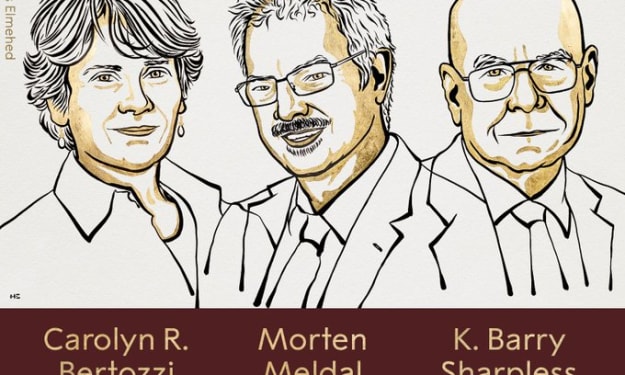Difference Between Crawling And Indexing - How Do I Know Which Is Better?
Crawling and indexing are two distinct things and this is commonly misunderstood in the SEO industry. Read more to understand in difference between both

The first thing you should know about the difference between crawling and indexing is that these two processes are basically synonymous. If you're not familiar with these terms, you can easily become confused with the way they are used. To make things easier for you, let's take a look at how these processes work.
Crawling is the process of getting information from a source by searching through its pages for keywords. It will then index the pages and their contents for your use. The main difference between crawling and indexing is that with crawling, your site will show up on the search engine results page (SERP) within a few hours after it has been crawled by a human being. In contrast, with indexing, the site may show up on the SERP for several weeks or even months if it's taken a long time to get crawled. However, this is only if the person who did the crawling had a good understanding of how to do it correctly.
Indexing is the process of storing the crawled content in a permanent database on the server of a search engine. This way, the pages of your site will show up in the results when people perform a search on these terms. The main difference between crawling and indexing is that the crawled pages will never show up in the SERPs, but will remain in the permanent database on the server of the search engine company.
If you do not know much about crawling and indexing, this can be quite difficult to understand, especially for those who have not worked in the field. To help you out in making sense of this difference, keep reading.
A human being crawls a web page by using a program called a "crawler." The crawler will move around the page one section at a time until it has gathered enough information to index the page. When you have finished indexing your pages, they will appear in the SERPs. If you want to make sure that the crawler has collected enough data to index your page, you can use a program called an "indexer." An indexer is a tool that will check the crawl results against the content of your website and make recommendations based on the information.
Once you have indexed your pages, you will have to wait for your crawler to finish the crawl. Some crawlers take as long as several hours to complete the crawl, while others can take just seconds. Some crawlers will also provide you with statistics on how many times the crawl returned. and where the spiders found the pages.
Now, we come to the question of which is better than the other. This is easy to answer: crawling is usually faster, but there are downsides as well. You will need to dedicate more time in the crawl to get the full crawl done. The indexing is the most efficient method, but it does take longer.
As you can see, there are pros and cons to both crawling and indexing, and while there are many aspects to both techniques, only you can decide which one is best for you. If you have decided that crawling is the right way for you, there are some things you need to look for.
Look into whether or not the crawler is updated regularly. You do not want to spend all that time crawling a site and then have the crawler stops working because the new version does not work with the previous version. The crawler needs to be as up to date as possible.
Check for reviews on the crawler. This is not only important if you are using the crawler for the first time, but for any crawlers. The crawlers should be reviewed and rated by both customers and professionals. If you find bad reviews about the crawler, make sure to read them.
When it comes to indexing, there is more to it. While it is easier to go crawling, it is generally more time consuming. However, if you do it properly, you will reap the benefits.
For the Best Backlink Crawling and Indexing services visit our website - https://www.eliteseocompany.com/
About the Creator
Praveen Palkhade
I have been building and ranking websites since 2008. Over the years I've gotten to be quite masterful at my web design on many different CMS platforms.






Comments (1)
It's important to clarify the difference between crawling and indexing, as it's a common misconception in the SEO industry. Crawling and indexing are essentially synonymous, but understanding how they work can help optimize your website's visibility. Crawling involves searching through a source's pages for keywords and indexing their contents for use in search engine results. When a human being crawls your site, it typically appears on the search engine results page (SERP) within a few hours. In contrast, indexing stores the crawled content in a permanent database on the search engine's server. Indexed pages will appear in search results when users perform relevant searches. While crawling provides faster results, indexing is a more efficient method. However, indexing does take longer. It's essential to consider the pros and cons of each technique and determine which one is best for your specific needs. If you choose crawling, ensure that the crawler you use is regularly updated to avoid compatibility issues. Additionally, check for reviews and ratings from both customers and professionals to ensure the quality of the crawler. On the other hand, indexing requires more time but can yield significant benefits if done correctly. Remember to focus on proper implementation and reap the rewards.